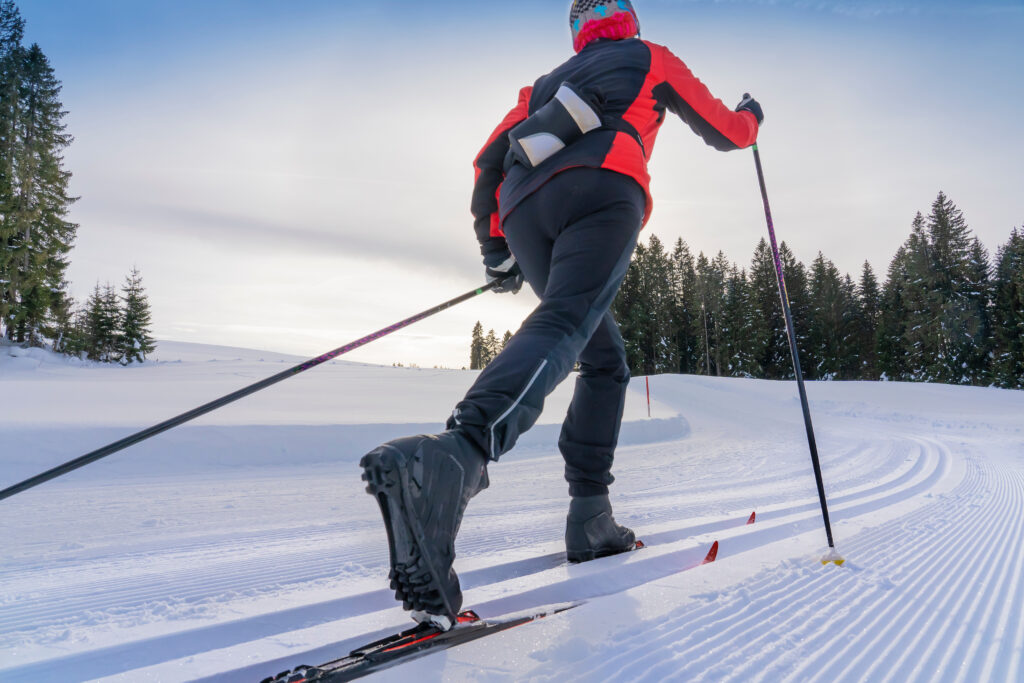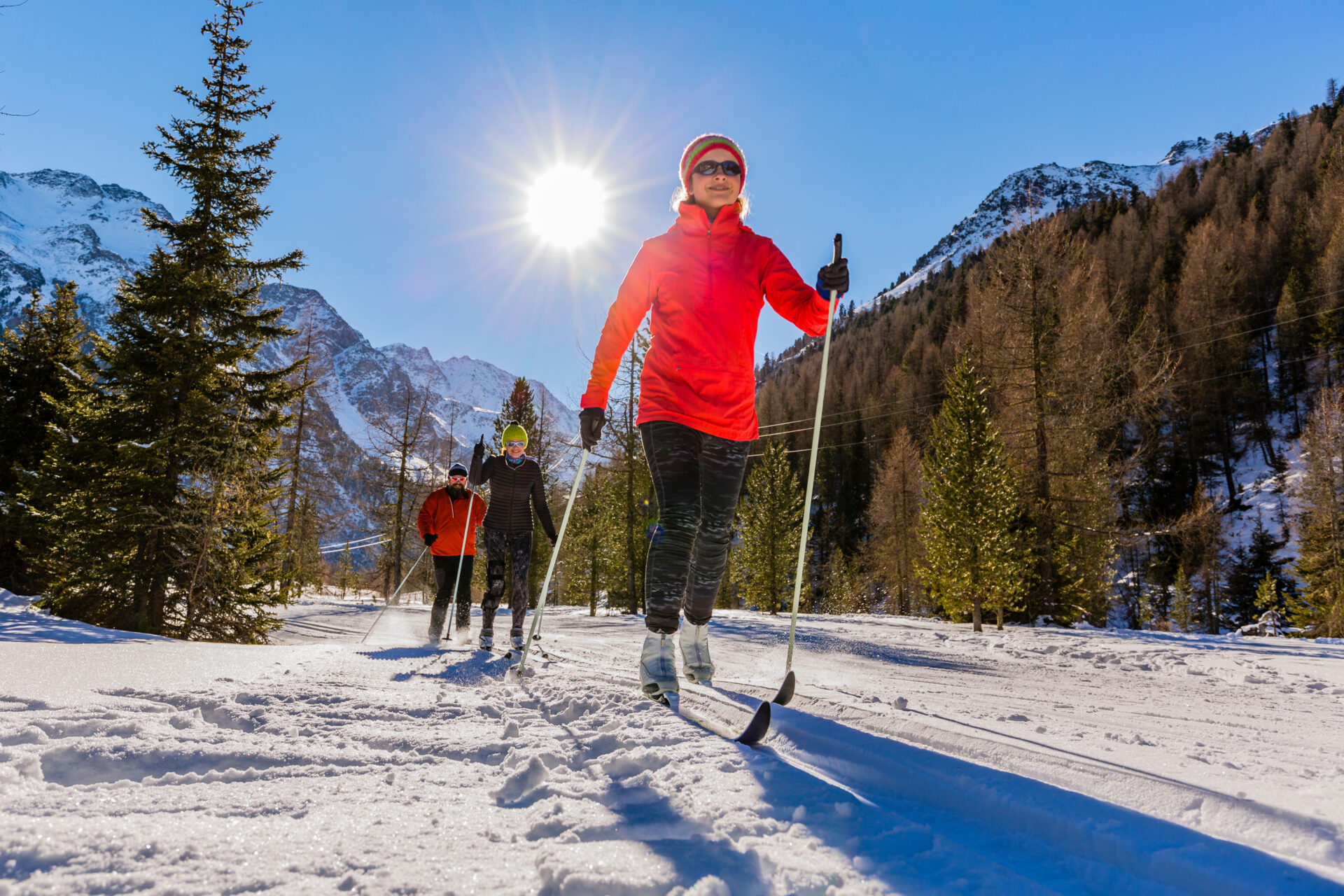Cross-country skiing stands out as a serene yet invigorating winter activity that combines cardiovascular exercise with a peaceful immersion in snowy landscapes. Unlike its adrenaline-pumping cousins, alpine and backcountry skiing, cross-country skiing is accessible, sustainable, and offers a unique way to explore the beauty of winter at your own pace. This article explores the world of cross-country skiing, highlighting its health benefits, various styles, and tips for beginners.
What is Cross-Country Skiing?
Cross-country skiing is a form of skiing where participants propel themselves across snow-covered terrain using skis and poles. It’s distinguished by its use of relatively flat and undulating landscapes, as opposed to the steep descents found in downhill skiing. This sport can be enjoyed both recreationally and competitively, and it caters to all ages and fitness levels.
The Dual Styles of Cross-Country Skiing
Classic Skiing: This traditional style is characterized by a straight-line motion where the skier kicks backward to glide forward on parallel tracks. It’s ideal for beginners due to its straightforward technique and natural motion.
Skate Skiing: A more dynamic form that resembles ice skating, where the skier pushes the inside edge of each ski outward in a V-shape to propel forward. Skate skiing offers a more intense workout and is typically practiced on groomed trails.
Health Benefits Galore
Cross-country skiing is not only a delightful way to experience winter’s splendor but also an exceptional full-body workout. It effectively combines cardiovascular endurance with muscle strengthening, making it one of the most beneficial winter sports:
- Cardiovascular Health: It’s an excellent way to improve heart health, increasing cardiovascular endurance and efficiency.
- Total Body Conditioning: Unlike many sports, cross-country skiing provides a comprehensive workout that targets legs, arms, core, and back muscles.
- Weight Management: It’s a calorie-burning powerhouse, with the potential to burn more calories per hour than running or biking.
- Mental Well-being: The rhythmic nature of skiing, combined with outdoor exposure, reduces stress, enhances mood, and improves mental clarity.

Getting Started with Cross-Country Skiing
Embarking on your cross-country skiing journey is easier than you might think. Here are some tips to get you started:
- Equipment: Start with the right gear. You’ll need skis, boots, poles, and appropriate winter clothing. Many ski resorts and parks offer rental equipment, making it easy to try before you invest.
- Learn the Basics: Consider taking a lesson from a qualified instructor. Learning proper technique early on will enhance your experience and efficiency on the snow.
- Choose the Right Trails: Start on flat, groomed trails. Many Nordic centers offer a variety of trails for different skill levels, ensuring a positive and safe skiing experience.
- Stay Safe: Dress in layers, be mindful of weather conditions, and always carry water and snacks. Knowing your physical limits and taking necessary precautions will make your skiing adventure enjoyable and safe.
Cross-country skiing offers a unique blend of peaceful nature exploration and vigorous physical activity, making it a perfect winter sport for those looking to stay active and enjoy the outdoors. Whether you’re seeking a serene solo journey through snow-covered forests or a fun and challenging workout, cross-country skiing delivers a rewarding experience that connects you with the winter landscape in an unparalleled way.



Leave a reply